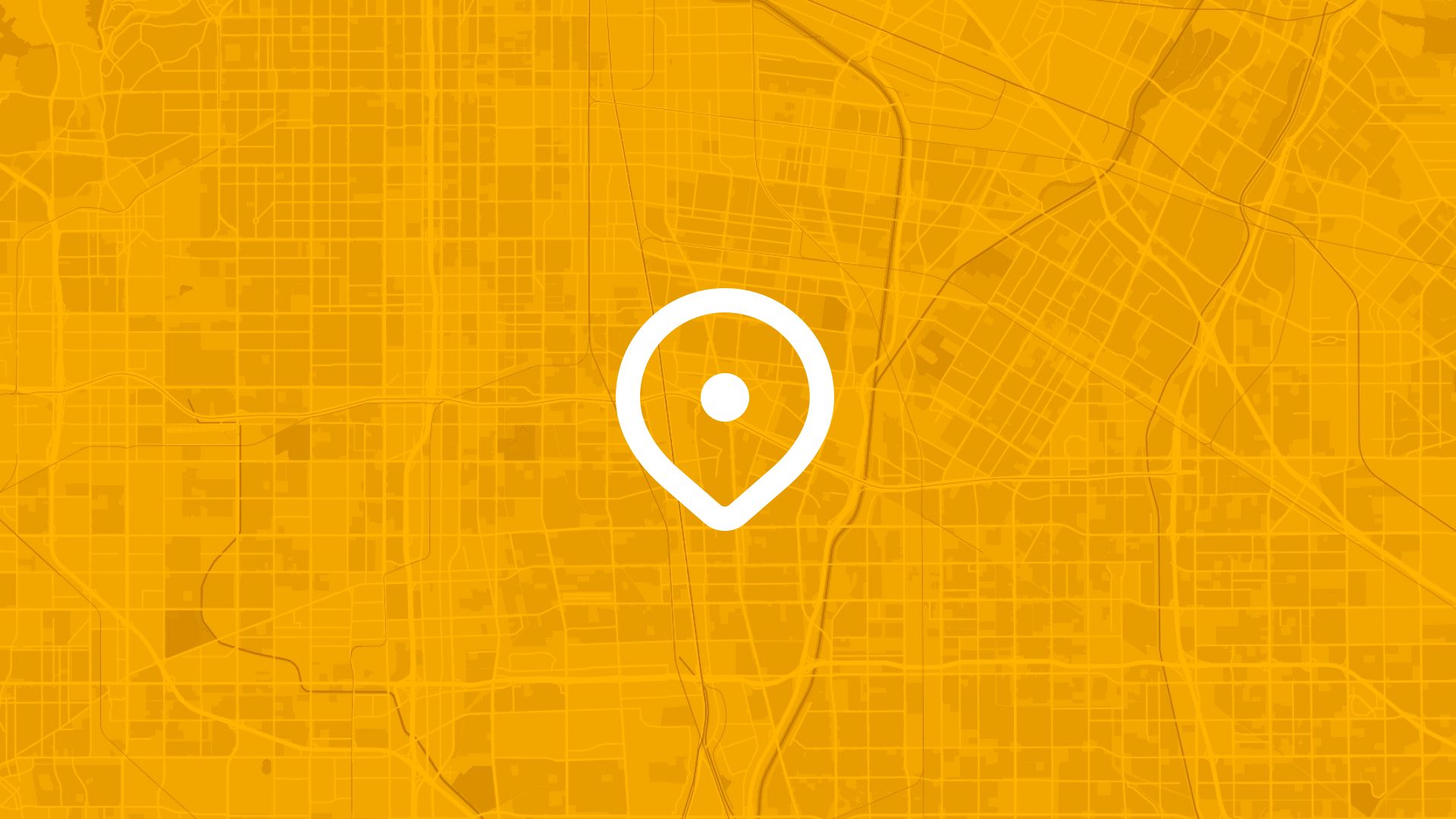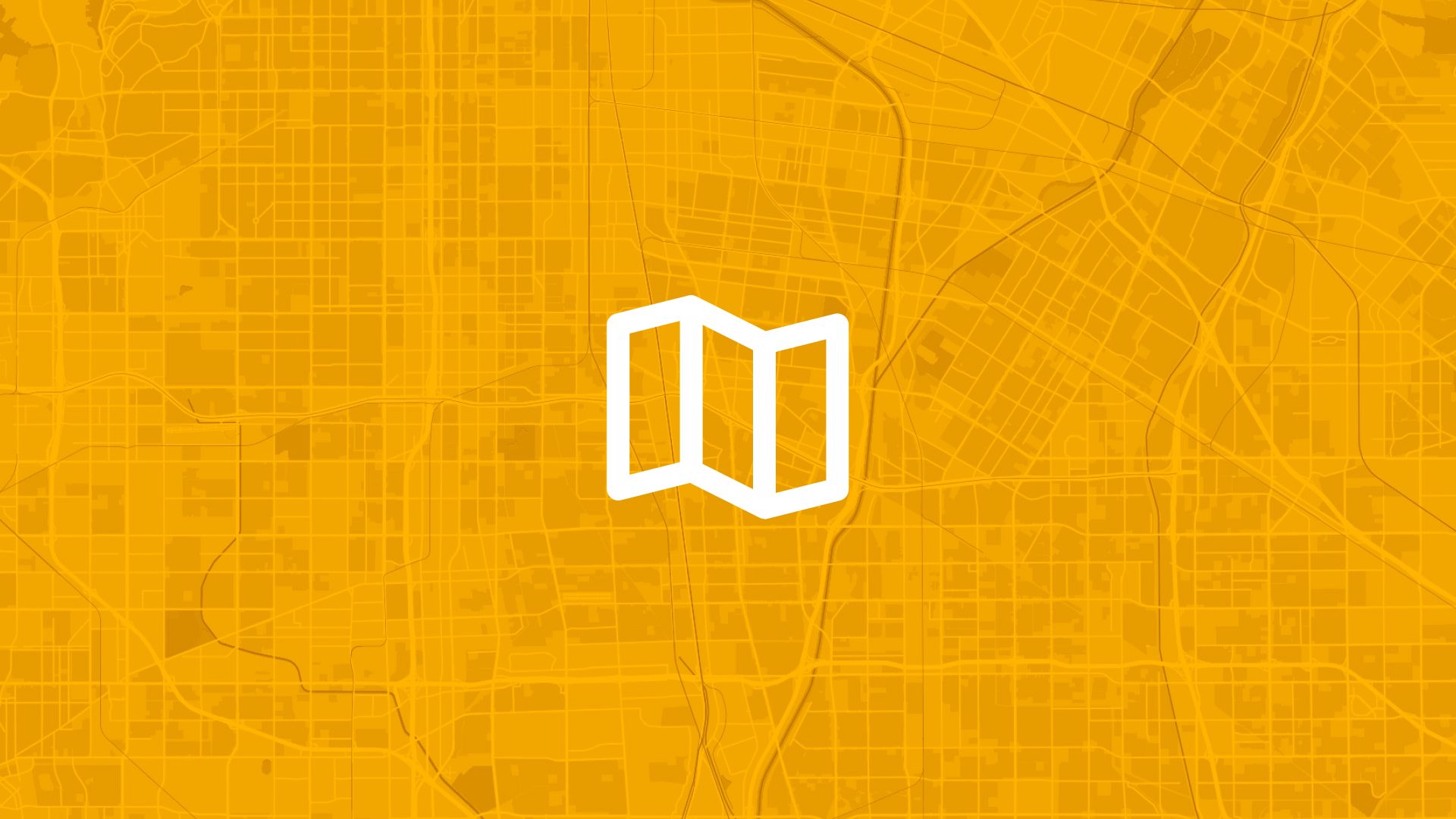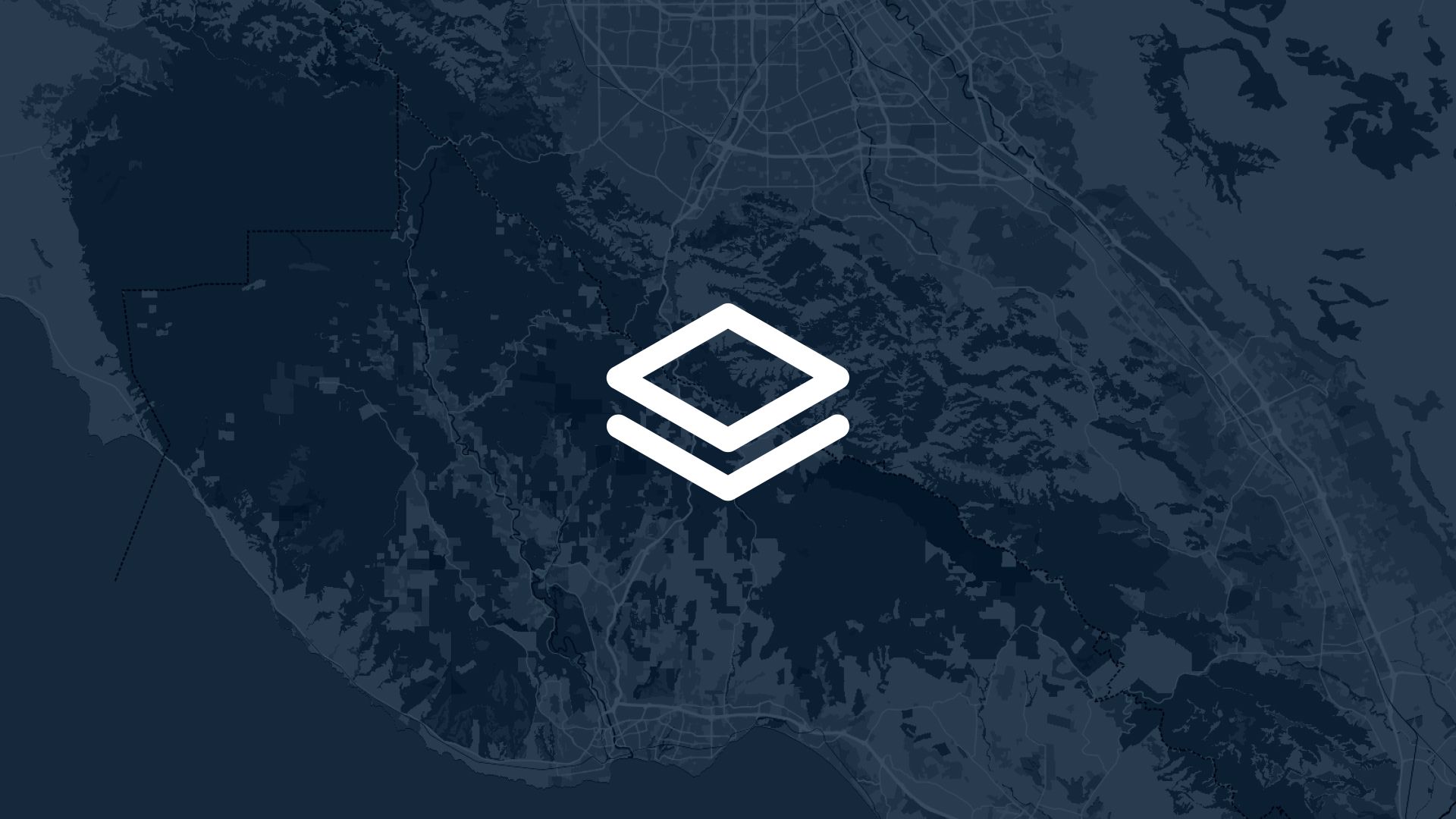The most effective public health strategy combines comprehensive health data with geographic visualization to reveal exactly where health challenges exist, which communities need the most support, and how health outcomes vary across different neighborhoods and populations.
If your public health analysis relies only on aggregate statistics, county-wide reports, or health data that lacks geographic context and community-level insights, you're missing the spatial patterns that reveal health disparities, intervention opportunities, and resource allocation needs. That's why experienced public health professionals ask: can we map public health trends in our area to understand community health patterns, identify at-risk populations, and target interventions where they're needed most based on comprehensive geographic health intelligence?
With Atlas, you can create comprehensive public health maps that combine health outcome visualization with demographic analysis and intervention planning for actionable community health intelligence. No scattered health reports, no uncertainty about geographic patterns, no barriers to understanding community health needs. Everything starts with clear geographic visualization and meaningful health analysis.
Here's how to set it up step by step.
Why Geographic Public Health Mapping Matters for Community Wellness
Creating spatial health visualization enables better intervention planning and more effective resource allocation across different communities.
So public health trend mapping isn't just convenient data visualization—it's essential community health planning that creates better health outcomes through evidence-based intervention targeting and equitable resource allocation.
Step 1: Set Up Comprehensive Health Data Integration with Community Context
Atlas makes it easy to create detailed health visualization with community-level analysis:
- Upload health outcome data including disease incidence, mortality rates, chronic condition prevalence, and health indicators organized by geographic area and demographic group
- Add healthcare access information showing provider locations, service availability, insurance coverage, and healthcare utilization patterns across different communities
- Import social determinant data connecting income levels, education, housing quality, and environmental factors to health outcomes and community characteristics
- Include demographic and population context showing age distribution, racial composition, household characteristics, and population density that influence health patterns
Once configured, your health map provides the geographic foundation for comprehensive community health analysis and intervention planning.
Step 2: Visualize Health Patterns and Community Health Intelligence
Next, create health visualization that reveals spatial patterns in health outcomes and community wellness:
You can display different health metrics:
- Disease incidence and prevalence showing how conditions like diabetes, heart disease, and respiratory illness vary across neighborhoods and communities
- Health outcome indicators displaying life expectancy, infant mortality, preventable hospitalizations, and other measures of community health status
- Healthcare access and utilization revealing where people have good access to care versus areas with provider shortages and service gaps
- Social determinant patterns mapping poverty, education levels, food access, and environmental conditions that affect health outcomes
- Prevention and intervention coverage showing where public health programs are active and identifying areas with service gaps
- Health trend analysis tracking how health outcomes change over time and identifying areas with improving or declining health status
Each visualization reveals health patterns that inform intervention planning, resource allocation, and community health improvement strategies.
Step 3: Create Interactive Health Analysis and Community Assessment Tools
To help public health professionals and community organizations understand health patterns and intervention needs:
- Design dynamic filtering systems allowing users to explore health data by condition, demographic group, time period, or community characteristics
- Set up comparison capabilities enabling analysis of health differences between communities, population groups, and geographic areas
- Add intervention planning providing access to program evaluation, resource allocation tools, and community health improvement planning
- Include demographic analysis showing how age, race, income, and other factors relate to health outcomes and intervention effectiveness
- Configure trend monitoring tracking health outcome changes and identifying communities with improving or concerning health patterns
Health analysis becomes interactive and reveals actionable insights for intervention planning, resource allocation, and community health improvement.
Step 4. Enable Community Engagement and Health Communication
To support community involvement and public health education:
- Create public health dashboards providing communities with accessible information about local health trends, resources, and improvement opportunities
- Set up community health communication helping residents understand health challenges, available services, and prevention opportunities in their area
- Add stakeholder coordination enabling public health agencies, healthcare providers, and community organizations to collaborate on health improvement initiatives
- Include health education resources showing community members how to access care, participate in prevention programs, and improve health outcomes
- Configure community feedback providing residents with opportunities to report health concerns and participate in community health planning
Health communication becomes transparent and accessible, enabling informed community participation in health improvement and prevention activities.
Step 5: Analyze Health Trends and Support Strategic Public Health Planning
To use health data for strategic planning and intervention optimization:
- Generate health assessment reports identifying priority health challenges, at-risk communities, and opportunities for intervention and prevention programs
- Create intervention targeting using health outcome data to prioritize program locations, allocate resources, and design community-specific health strategies
- Set up health equity monitoring ensuring that health improvements benefit all communities and identifying areas needing additional support for health equity
- Design program evaluation tracking intervention effectiveness, health outcome improvements, and community health progress over time
- Configure policy support providing health data for policy development, funding applications, and strategic planning processes
Also read: Build a Property Development Heatmap
Step 6: Integrate Health Maps with Public Health Systems and Community Planning
Now that comprehensive health visualization and trend analysis are complete:
- Export health intelligence for integration with electronic health records, public health surveillance systems, and community health information platforms
- Create program planning support using health data to inform grant applications, program design, and community health improvement planning
- Set up policy development assistance providing health data for policy analysis, regulatory planning, and public health advocacy efforts
- Design healthcare coordination using health maps to support provider collaboration, referral coordination, and community health service integration
- Generate research support providing health data for academic studies, program evaluation, and public health research initiatives
Your public health mapping becomes part of comprehensive community health planning and policy development that creates better health outcomes through evidence-based intervention targeting and equitable resource allocation.
Use Cases
Mapping public health trends in your area is useful for:
- Public health departments tracking disease patterns and planning interventions based on geographic health intelligence and community needs assessment
- Healthcare providers understanding community health challenges and coordinating services to address population health needs and health disparities
- Community health organizations identifying priority areas for programs and advocating for resources based on comprehensive health outcome analysis
- Local government officials making policy decisions and allocating resources to address community health challenges and promote population wellness
- Researchers and academics studying health patterns and evaluating intervention effectiveness with comprehensive geographic health data
It's essential for any public health work where intervention success depends on understanding community health patterns and targeting resources where they're needed most.
Tips
- Update health data regularly to reflect current conditions and enable responsive public health planning and intervention adjustment
- Include social context using demographic and economic data to understand the root causes of health disparities and intervention barriers
- Create priority scoring combining multiple health indicators to identify communities with the greatest need for public health attention
- Use trend analysis identifying areas with improving or declining health outcomes to guide intervention strategies and resource allocation
- Combine with service mapping analyzing how healthcare access and program availability relate to health outcomes and community needs
Mapping public health trends in your area with Atlas enables comprehensive community health analysis and evidence-based intervention planning that improves population health outcomes.
No separate health analysis software needed. Just visualize health data geographically, analyze community patterns, and create the public health intelligence that targets interventions effectively and promotes health equity.
Insight Maps and Dashboards with Atlas
When you're managing operations that span multiple locations, the challenge isn't just collecting data—it's turning that information into actionable insights that improve performance and outcomes.
Atlas gives you the tools to consolidate field information into clear operational intelligence: one dashboard for data collection, analysis, and decision-making.
Transform Field Data into Operational Intelligence
You can:
- Aggregate information from multiple locations and teams into unified dashboards
- Visualize performance patterns and identify improvement opportunities across operations
- Create automated reporting that keeps stakeholders informed and aligned
Also read: Track Equipment and Assets by Location
Build Performance Management That Scales
Atlas lets you:
- Monitor operations across multiple sites with consistent metrics and standards
- Generate reports that show performance trends, resource needs, and improvement opportunities
- Export operational data for integration with business intelligence and management systems
That means no more scattered field reports, and no more questions about whether your operations are performing consistently across locations.
Manage Better with Location Intelligence
Whether you're coordinating field teams, monitoring asset performance, or analyzing service delivery, Atlas helps you turn location-based data into operational intelligence that drives better outcomes.
It's operations management—designed for geographic insight and scalable performance.
Boost Your Operations with the Right Tools
Operations move fast, but performance management requires consistent data and clear insight. Whether you're coordinating teams, monitoring assets, analyzing service delivery, or planning improvements—location intelligence matters.
Atlas gives you both speed and insight.
In this article, we covered how to map public health trends in your area, but that's just one of many things you can do with Atlas.
From field data collection to operational dashboards, performance analysis, and improvement planning, Atlas makes complex operations management accessible and actionable. All from your browser. No operations expertise needed.
So whether you're managing field teams, monitoring infrastructure, or coordinating service delivery, Atlas helps you move from "collecting data" to "driving performance" faster.
Sign up for free or book a walkthrough today.





